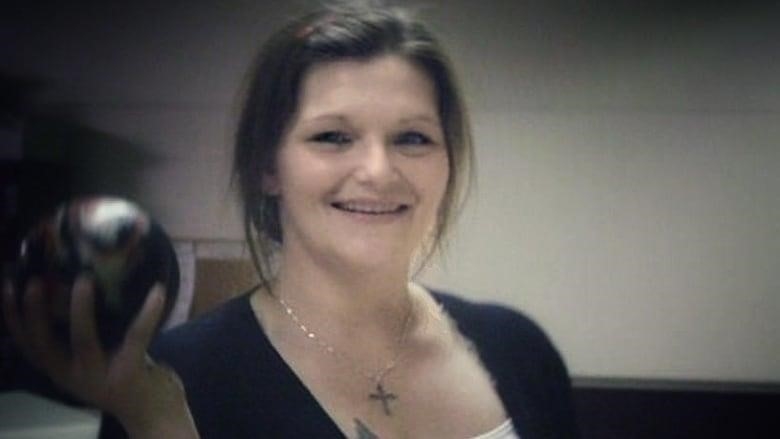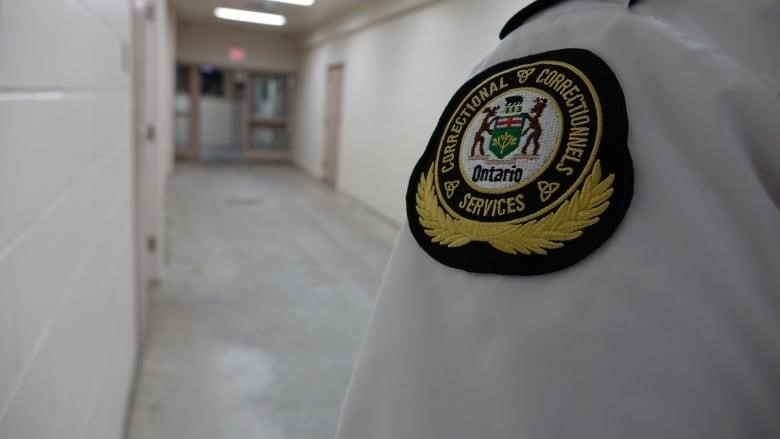
A nurse says that a colleague at first refused to check on a patient before she died
Shannon Sargent died in her cell at the Ottawa-Carleton Detention Center overnight. The only nurse on duty at the time told the coroner’s inquest that a coworker had refused to check on the sick inmate earlier that night.
On the 10th day of the video-conferenced inquest, Christine Baker gave a statement.
Baker told the inquest that the jail’s medical unit was short-staffed when Indigenous Sargent was brought back to the jail from The Ottawa Hospital on the evening of July 19, 2016.
- The Sargent inquest hears that consulting a surgeon could have led to a “different outcome.”
- Jail guard never handed over vital letter, nurse tells inquest
According to earlier testimony, Sargent had already been to the hospital that day. She had just had open-heart surgery less than two weeks before and had a problem with drugs. Another nurse at the jail was worried about her condition and sent her back.
Sargent, who had been complaining of chest pain, was never triaged at the ER on that second trip for reasons that are still not clear.
Assessments are jail protoco
Baker said that it was jail policy to check the health of anyone who returned to the facility. Nurse Lewis Bwenge was in charge of the inmates in the female unit, and his shift was supposed to end at 10:30 p.m.
Baker said that the purpose of the assessment, which includes taking vital signs, is to set a medical “baseline” for the inmate’s return.
The inquest has heard that medical checks are usually done in the jail’s admissions and release area, but Sargent was tired when she got back from the hospital and wanted to go to bed.
Baker said that she was getting more and more worried that Bwenge might not see Sargent before the end of his shift. She found Sargent’s medical records in an envelope at the nurse’s station in the jail. She thought Bwenge hadn’t looked at them.
She also said that Bwenge was often in a hurry to leave because he had a second job, so he sometimes didn’t finish his work.

Nurse ‘didn’t have time
Baker said in court that after she finished her own work around 9 p.m., she asked Bwenge if he had checked on Sargent.
“I asked him, ‘How is Shannon Sargent?’ And he told her, “I don’t know.” And I said, ‘Well, did you go and see her?'” He said he hadn’t seen her, so I tried to get him to go see her because that’s how we do things around here,” Baker said at the inquest.
“He said he didn’t have time because he was too busy. So I reminded him that it was his job to go do that, and he just said he wasn’t going to do it,” she said.
Then Baker called the on-duty sergeant, Dean Joncas, and told him to use his authority.
Joncas confirmed Baker’s request in his testimony earlier this week. He also said that he told Bwenge to go see Sargent in her cell before the end of his shift.
“I needed the assessment to be done, and I needed him to check her,” Joncas said.
Visit lasted a minut
Corrections officer Stephen Wilkes is seen at 10:47 p.m. opening Sargent’s cell door in the jail’s special needs unit on a video clip that was shown at the inquest earlier this week. He leaves a minute later and comes back at 10:49 with Bwenge. At the end of the hall, Joncas can also be seen standing.
Before going into Sargent’s room, Bwenge is seen standing in the doorway of his cell for about 20 seconds. About 40 seconds later, he walks out of the room, Wilkes shuts and locks the door, and the two of them walk down the hallway.
“When [Bwenge] came back, I asked how she was, and he said she refused to be seen,” Baker said in court. She said she was “shocked” to find out about a year later that Bwenge had actually gone into the cell.
The video doesn’t have any sound, and the guards who were on duty that night have said they either didn’t hear or don’t remember what Sargent said to Bwenge during the short time he was in her cell.
Baker said that she wouldn’t have taken “no” for an answer if she had gone to Sargent’s house to evaluate him herself.
“I tend not to ask,” she said. “I don’t ask before I do something.”

Baker was the only nurse on duty when the medical emergency happened about two hours later. She was in charge of trying to bring Sargent back to life, but it didn’t work.
She said at the inquest that she had thought a lot about what she could have done differently in the hours before Sargent’s death, but that it was Bwenge’s job to do the assessment.
“That night, I was very angry with him. I didn’t expect him to just say, “I’m not going to do that.” “I don’t think I’ve ever been that mad at a coworker before,” she testified.
Bwenge has not shown up for the investigation.
Medication wasn’t ordere
Different stories have been told at the inquest about the medicine that was given to Sargent that night. Wilkes says that Joncas brought her a “cocktail” of four over-the-counter drugs and Tylenol earlier that evening. This “cocktail” was meant to help her get off of opiates. Joncas testified that he doesn’t remember doing it.
Baker said that nurses always give medications, but there was nothing in Sargent’s chart to show that Bwenge had ordered those drugs.
“They can’t give any medicine to a patient without a doctor’s order,” she said in court. “None of those medicines were ordered at all.”
Baker also told the inquest that the jail now has at least two nurses on duty overnight.
The Coroners Act requires the inquest, which has been going on for 10 days and has heard from about 25 witnesses, because the death happened in jail. The jury’s job is not to decide who is to blame, but it can make suggestions to stop similar deaths from happening again.
The inquest is being run by Dr. Robert Reddoch. It starts back up again on Monday at 9 a.m. ET.
